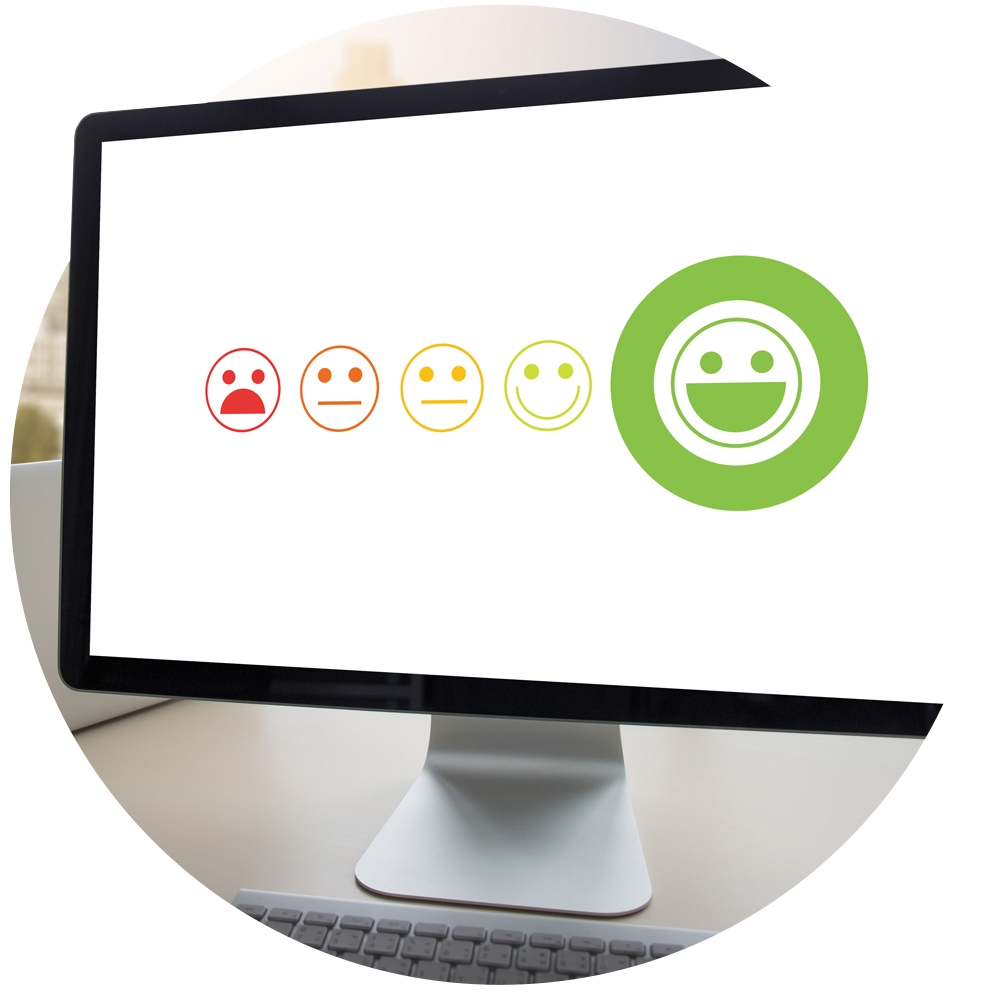As we enter into 2022, strategic employee onboarding continues to be a key focus for many organizations. Companies invest in improving the onboarding experience are more likely to see key benefits, such as increased engagement levels, decreased time to proficiency, and decreased turnover.
But the most innovative companies understand that building an effective onboarding program is an iterative and ongoing process. Whether you’re just starting out with your program, or you’re a seasoned veteran, check out these 10 employee onboarding statistics you must know in 2022:
1. Great employee onboarding can improve employee retention by 82%
Research by Brandon Hall Group found that organizations with a strong onboarding process improve new hire retention by 82 percent and productivity by over 70 percent.
Talent scarcity and high turnover are among the biggest challenges organizations will face in 2022—so it’s important to engage and retain employees from day 1. A strong employee onboarding process can help you accomplish that, while also helping new hires ramp faster, so they can be productive sooner.
2. 88% of organizations don’t onboard well
Gallup found that only 12% of employees strongly agree their organization does a great job of onboarding new employees. That means 88% don’t believe their organizations do a great job of onboarding, and that leaves a lot of room for improvement!
Given that a strong onboarding process can result in higher retention and productivity, there’s a huge opportunity for most organizations to do more on that front. Only about one in 10 employees think their employer does a great job of onboarding new employees—so use employee surveys to find out what you could be doing better!
3. 58% of organizations say their onboarding program is focused on processes and paperwork
It’s no surprise that only 12 percent of employees think their organization does a great job onboarding, when HCI found that more than half of organizations focus their employee onboarding on processes and paperwork. Furthermore, one-third said their onboarding program was informal, inconsistent, or reactive. The best employee onboarding programs structured and strategic, rather than administrative, with focus on people, not paperwork.
4. 1 in 5 new hires are unlikely to recommend an employer
Digitate reports that one in five new hires are unlikely to recommend an employer to a friend of family member after their new hire onboarding experience.
Employee referrals are one of the most coveted sources of hire because they’re faster and less expensive to hire, onboard faster, and stay longer. Many organizations will host sourcing jams with their new hires to dig into their social networks and see which of their connections might be a good fit for current or future roles. That’s why it’s a shame that 20 percent of new hires are unlikely to recommend an employer to a friend or family member.
However, a new team member’s willingness to refer increases 93 percent when they get multiple options to communicate goals, meet team members, and get questions answered prior to their start date. When they complete employee pre-boarding online prior to their start date, their willingness to refer increases 83 percent. And when they get a call from the hiring manager prior to their first day, their willingness to refer also increases 83 percent.
5. The average new hire onboarding experience consists of 54 activities
Sapling reports that new hires will have over 50 activities that need to be completed during their onboarding period.
The average new hire will be assigned 3 documents to sign, upload, or acknowledge, and 41 administrative tasks to complete, such as desk set-up. They will also have 10 outcomes, which are achieved learning goals around the company culture, market knowledge, and role alignment. This variety of activities ensure the new hire is fully acclimated and integrated into their new role.
6. New team member productivity hovers around 25% during the first 30 days
A week-long onboarding program is a common practice at many organizations, but a week is hardly enough time for a new hire to become acclimated to their company, culture, and role. In fact, only 29 percent of new hires say they feel fully prepared and supported to excel in their role after their onboarding experience.
Data suggests that new hires have a 25 percent productivity rate in their first month on the job after completing new employee training. That number then increases to 50 percent in their second month of work and 75 percent in their third month on the job. In fact, Gallup finds that new team members typically take around 12 months to reach peak performance potential.
The best employee onboarding programs extend throughout the employee’s first 90 days—and may even extend out for a full year—to ensure new hires are fully supported as they ramp to full productivity.
7. Addressing development during onboarding increases satisfaction by 3.5x
Career development continues to be the leading reason people leave their jobs. Let your new team members know how important learning and development is at your organization by starting during your employee onboarding process. Employees who strongly agree they have a clear plan for their professional development are 3.5 times more likely to strongly agree that their onboarding process was exceptional.
But don’t stop there. Make sure you’re having career development conversations and encouraging employees to pursue internal opportunities once team members have reached their first and second work anniversaries. This practice more than doubles the likelihood that team members will feel fulfilled instead of leaving to pursue other opportunities. And, when you promote your team members, get them started on the right foot with a cross-boarding program that helps them acclimate to their new roles and teams.
8. Soliciting new hire feedback improves your relationship by 91%
Only 26 percent of new employees recall being asked for feedback on their candidate journey and the hiring process before their start date. But when employers ask for feedback, new hires are 91 percent more willing to increase their relationship out of the gate. This is crucial for reducing 90-day turnover and bolstering long-term retention.
New team members who were asked to provide feedback prior to their start date also had a 79 percent increase in willingness to refer others.
9. 70% of team members who had exceptional onboarding experiences say they have “the best possible job”
Employees who say they had exceptional onboarding experiences are 2.6 times more likely to be extremely satisfied with their workplace. In fact, 70 percent of those with exceptional onboarding experiences say they have “the best possible job.”
Investing more in communication and engagement during the pre-boarding process can improve the onboarding experience by 83 percent. This includes communicating goals, introducing new team members to their colleagues, and offering to answer questions. And a quick call from the hiring manager can increase a candidate’s great experience and willingness to increase their relationship with the employer by 68 percent.
Managers should stay in frequent contact with their new hires throughout the onboarding process, checking in on days 1, 7, 14, 30, 60, and 90, at a minimum. When the manager takes an active role in onboarding, team members are 3.4 times as likely to feel like their onboarding process was successful.
10. 83% of employers use an employee onboarding solution to help manage and execute their processes consisting of 54 activities
A great employee onboarding program is structured, strategic, and scalable. It goes beyond administrative paperwork to help your new team member feel like a valued, included, and successful member of your team. But a strong onboarding process can become more difficult to manage consistently as you scale.
That’s perhaps why onboarding systems continue to be a top 10 technology investment, with 83 percent of employers saying they have one currently in place. A modern employee onboarding solution can help you execute a more strategic, efficient, and streamlined process that can improve new hire satisfaction, retention, and productivity.
Written by Claire Moloney Claire is an enthusiastic and meticulous content writer whose passion is to support growth and continual learning for everyone.



